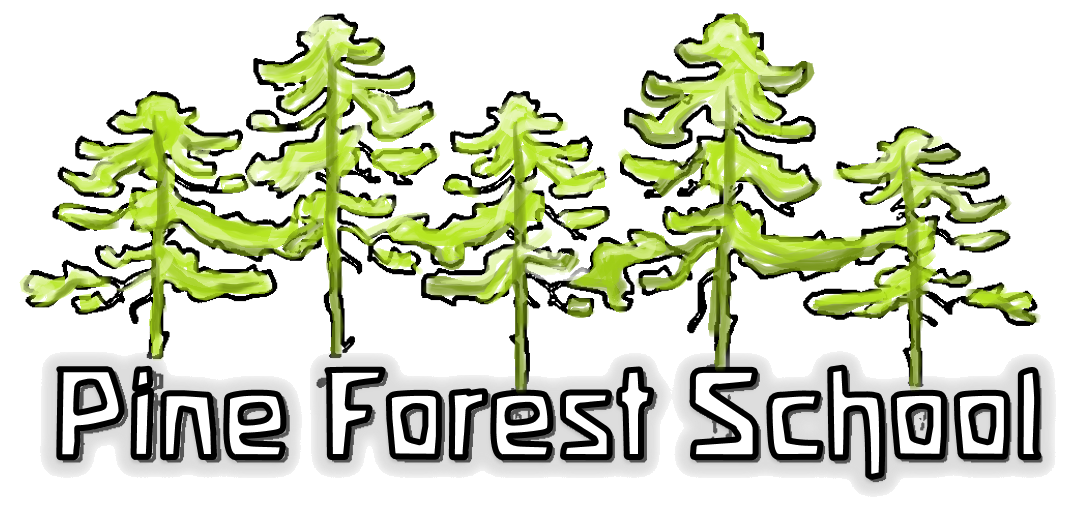About Pine Forest School
Where the Main Lesson is the love of learning and children are at the heart
Why Pine Forest School?
Pine Forest School, a nonprofit organization, was established in 1995. Opening the school was the realization of a dream for education in Flagstaff, Arizona.
From Kindergarten to Grade 8, children experience academic material via the scope of movement, age- appropriate discussion, and detailed, artistic exploration. Throughout their education and development, Pine Forest School children are challenged and inspired. We foster the development of educational pride and academic ownership. At Pine Forest School, the student is involved as an active participant in their own education.
What is a Charter School?
Charter schools are public schools under contract — a charter — with a public agency, group of parents, teachers, school administrators, or others who want to create more alternatives and choices within the public school system.
Charter schools are free, open to all, and designed to be publicly accountable, as well as creative, flexible, and responsive to student and parent needs.
What is Waldorf Education?
Waldorf education was first established in 1919 in Europe and has subsequently been adopted in schools around the world. Waldorf Education fosters the development of the whole child. The curriculum is based on the emotional, social, psychological, cognitive and physical development and is a truly comprehensive balance of academic, practical, and artistic activities. Each day includes activities for the body, hands, heart, and the mind.
To further understand Waldorf Education, the following readings are recommended:
Lifeways: Working with Families Questions by Davy and Voors
Recovery of Man in Childhood by A.C. Harwood
Teaching as a Lively Art by Marjorie Spock
You are Your Child’s First Teacher by Rahima Baldwin
Towards Wholeness: Rudolf Steiner Education in America by M.C. Richards
As a member of the Alliance for Public Waldorf Education, Pine Forest Charter School has been a pioneer in bringing the Core Principles of Public Waldorf Education into public education.
To further understand Public Waldorf Education, please read the Alliance for Public Waldorf Education’s “Core Principles of Waldorf Education in the US” that can be found HERE
What is Public Waldorf Education?
Why does Pine Forest School intentionally strive for class sizes of 25-30?
Waldorf Education is a social education. Our students are taught to work in groups from early childhood on. From math problems to nature walks, students do everything together.
Students come to celebrate and appreciate each other’s strengths in different areas. Teachers often look to the students who are ahead in one area to assist those who need extra help. Students are taught to support each other and share what they have learned.
In a large class, there is a healthy mix of personalities and students must learn to resolve conflicts with those unlike themselves. Every child has the opportunity to learn how to function respectfully within a group — a skill that Rudolf Steiner thought was essential to creating change in society.
Why does the class teacher progress with the class?
This question often arises because in most public schools a teacher works with a class for one year only. With such frequent change, it is difficult for the teacher and the children to develop the deep human relationship that is the basis for healthy learning.
Problems between teachers and children, and between teachers and parents, do arise. When this happens, the College of Teachers studies the situation, involves the teacher and parents—and, if appropriate, the child—and tries to resolve the conflict. If the differences are irreconcilable, the parents might be asked to withdraw the child, or the Teacher might be replaced. In reality, these measures very rarely need to be taken.
From Five Frequently Asked Questions by Colin Price
from Renewal Magazine, Spring/Summer 2003
A Waldorf class is like a family. If a mother in a family does not get along with her son during a certain time, she does not consider resigning or replacing him with another child. Rather, she looks at the situation and sees what can be done to improve the relationship. The adult assumes responsibility and tries to change. This same approach is expected of the Waldorf teacher in a difficult situation.
She/he must ask herself/himself: “How can I change so that the relationship becomes more positive?” One cannot expect this of the child. Our experience is that with the goodwill and active support of the parents, the teacher concerned can make the necessary changes and restore the relationship to a healthy and productive state.


